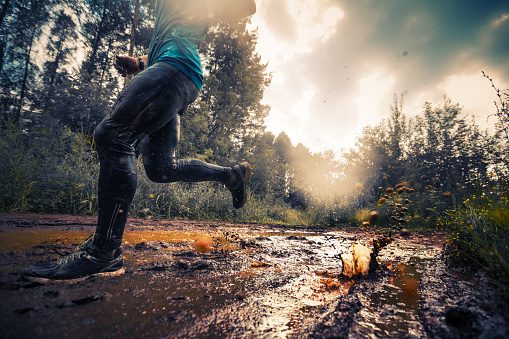The best surface to run on
Why soft surfaces are a huge help in avoiding injury

There are so many different surfaces for a runner to get their mileage done on–there’s road, track, trail, turf, grass, treadmill and many others.
But what’s the best surface for a runner? If you’re doing a very specific workout for marathon or speed training, then obviously opt for either the track or relatively level road (paved or gravel). But if you’re just putting in miles, then the softer the surface, the better.
RELATED: Is it inconsiderate to run on the road?
https://www.instagram.com/p/Byp9D06HaOL/
Terry Radchenko is a middle-distance coach at the University of Toronto who says that choosing a soft surface is huge for injury prevention. “A lot of running-related injuries are due to overuse and repetition of movement. Some runners cross-train, use the alter-G or underwater run to take the stress off their bones, tendons and ligaments.”

He continues, “But if you love running outside or don’t have access to those facilities, running on softer surfaces can take a load off your body and allow you to run more without hurting yourself.”
If you end up doing a workout on a softer surface, remember to adjust your time expectations and allow yourself to feel the pace out. A run or workout will always feel a little slower on a trail or the grass.
https://www.instagram.com/p/Bz9TUw-JSUe/
Lots of elite training groups use turf, trail and dirt roads to do some of their heaviest training, especially in base season when mileage is high and intensity is low. If you’re in the thick of marathon training and are looking for some preventive training techniques, trying doing some of your mileage on a soft surface–your body will thank you come race day.


